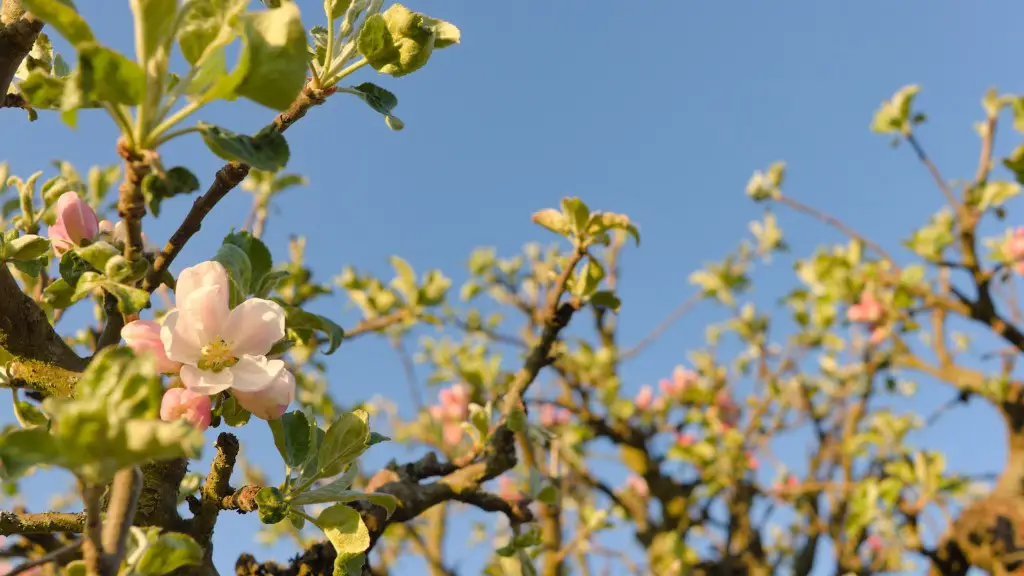Understand Your Plant
Bing cherry trees are great for any fruit orchard. They are deciduous, meaning they drop their leaves in the winter months and will appear dormant until the spring. However, it’s possible to grow a bing cherry tree in both cold areas and hot areas, depending on the variety. Bing cherries are an early-summer harvest, offering sweet and juicy fruit that’s reddish black. Bing cherries can be quite delicate and require extra care to get the best tasting fruit.
Choose the Right Plant
When looking for a bing cherry tree at the nursery, look for plants that are still young with small limbs. Trees should have a slight bend and be free of patches and dryness. Roots should be healthy, free of dust and visible on the tree. For colder climates, look for cold-hardy varieties that offer strong frost resistance, like ‘Stella’ or ‘Lapins’. For warmer climates, ‘Bing’ and ‘Rainier’ can be very productive.
Climate
If you live in a cold climate, you’ll need to plant your bing cherry tree in a sunny location with enough protection from frost and wind. If you live in a very hot climate, make sure your trees are located on the north side, since bing cherries are sensitive to extreme temperatures. As a general rule of thumb, be sure to pick a spot with at least 6 hours of direct sunlight during the day.
Preparation
Once you’ve chosen the spot to plant your bing cherry tree, you’ll need to prepare the soil. Test the pH of the soil to make sure it’s between 6.0 and 7.0, then mix in some organic matter, such as compost or manure. When the soil has been prepared, you can finally dig a hole for the tree.
Deep Planting
When planting the bing cherry tree, it’s important to do it properly to ensure healthy and strong roots. The hole should be big enough for the root ball and 2-3 times wider. Then, fill the soil back in and press lightly with your hand. Make sure the roots are nicely spread out before replacing the soil.
Water and Fertilize
To ensure best growth, you should water the tree regularly, especially in the first few weeks after planting it. Water it until the soil is saturated, but avoid any standing water. As for fertilizing, opt for organic fertilizer. This is best done at least twice a year, in late spring and mid-summer.
Mulching
Mulching is one of the most important tasks when it comes to caring for bing cherry trees. Spread a thick layer of organic mulch around the bottom of the tree. Mulching can help the tree retain moisture and protect it from extreme temperatures. It’s important to keep the mulch away from the trunk of the tree, to prevent potential fungal issues.
Pruning
Pruning is a vital step for bing cherry trees. Pruning helps maintain a healthy shape, encourage new growth and increase fruit production. As a general rule, prune the tree during winter months, just after the harvest season. Start by removing dead, diseased or broken branches. Then, thin out the canopy and cut back any crossing or weak branches.
Pest Control
Keeping a bing cherry tree free of pests is essential to ensure the best quality of fruit. Because the tree is quite delicate, use natural pest control methods, such as traps and horticultural oils. Renowned pest threats include aphids and many varieties of caterpillars. If you spot any of these, spray the tree with a mixture of neem oil and water.
Disease Prevention
Disease prevention is just as important as pest control. Common bing cherry tree diseases include leaf spot, canker and fire blight. All of these can be prevented with preventative sprays, such as copper sulfate or lime sulfur. Also, avoid planting the tree too close to other trees, and keep the area around the trunk clean.
Harvest Time
Harvesting a bing cherry tree is always an exciting activity. Typically, it takes about 3 years for a bing cherry tree to start producing food. You’ll know it’s time to harvest when the cherries are big, juicy, sweet and dark red. Reach in and pick the cherries carefully, so you don’t damage any of the branches. Enjoy your fresh and juicy bing cherries!


